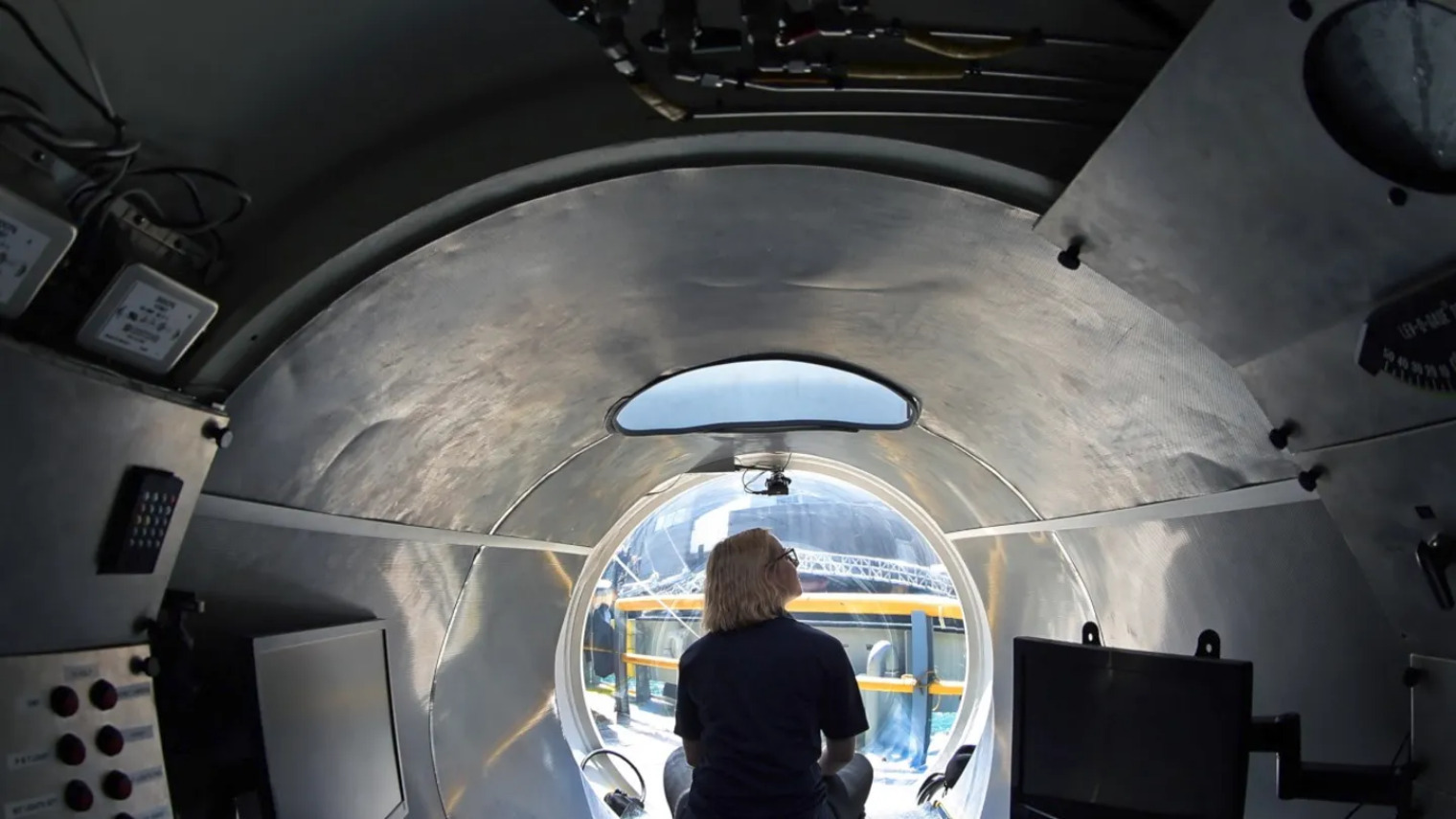Posted 22 июня 2023, 14:06
Published 22 июня 2023, 14:06
Modified 22 июня 2023, 15:26
Updated 22 июня 2023, 15:26

They'll just fall asleep. What the death in a sunken bathyscaphe is like
What can people expect who find themselves at a depth of about 4000 meters in a claustrophobically compact — 7 meters long — underwater vehicle with rapidly running out of oxygen? A person who finds himself in such a situation cannot help but feel horror. Clinical psychologist Justin D'Arienzo, whose opinion is quoted by Fox News, believes that the first reaction of the crew members when they realized what had happened was panic. «Of course, there is a strong panic when the heart is beating faster, there are problems with breathing… A person may feel that he is about to go crazy. And, of course, in a close dark space, as in this situation, all this is aggravated exponentially».
«It's like climbing a mountain»
The outcome depends on many conditions, Ken Ledez, an expert on hyperbaric medicine, told BBC News, including the temperature on board and the ability to use oxygen sparingly. If a person is cold or he is worried and breathing rapidly, oxygen is more. «It's like climbing a mountain when the temperature drops and the metabolism slows down. A lot depends on how fast you climb this mountain.» The fact that under the same conditions of lack of oxygen, some people can live longer than others was also mentioned by Rear Admiral John Mauger of the US Coast Guard, who led the search and rescue operation, when he said: «We do not know the rate of oxygen consumption per passenger of a submarine».
Risk of hypercapnia
Lack of oxygen is not the only danger threatening the passengers of the Titan. As oxygen runs out, the amount of carbon dioxide exhaled by people increases inside the device. Carbon dioxide poisoning, or hypercapnia, can be fatal.
Devices called scrubbers are commonly used to purify the air from toxic levels of carbon dioxide in confined spaces. Whether they are on the «Titan» is unknown. But even if there is, they can work on electricity, which is probably over on the bathyscaphe, or on batteries with a limited service life. In the absence of scrubbers, the concentration of carbon dioxide increases, and it begins to act as a sedative. This is similar to the effect of gas, which is injected by doctors for anesthesia: the patient simply falls asleep.
The normal index of carbon dioxide in arterial blood (PCO2) is from 35 to 45 mm Hg. Higher values at which oxygen in the blood drops cause changes in the brain that affect both muscle activity and thinking. A person may experience headaches, double vision, inability to concentrate. Eventually, suffocation sets in, which can be fatal. Loss of consciousness and death from suffocation occur a few minutes after the level of carbon dioxide in the body exceeds 10%. Without oxygen, you can live for about 15 minutes, but irreversible brain damage occurs in a matter of minutes.
A recent article in the scientific journal Ciottone's Disaster Medicine authored by the former director of the Department of Underwater Medicine and Radiation Health of the US Navy, Dr. Dale Mole, is devoted to what can happen to people trapped in an underwater vehicle. «The crew trapped on a sunken ship or submarine faces many physiological problems, including toxic gases, exposure to increased environmental pressure and hypothermia, » the article says. «Rising carbon dioxide levels are what kills people in the first place when they are in a sealed environment, not oxygen levels, » says Mole.
Paradoxically, life-saving oxygen can also be disastrous, marine biologist Nikolai Roterman notes in an interview with the Daily Mail, it's not for nothing that even cosmetics on liquid paraffin are prohibited on submarines due to the danger of light ignition.
«The air in deep-sea vehicles can be enriched with oxygen, which can increase the risk and intensity of fire.»
Hypothermia: a mortal danger or a chance for salvation?
Another danger that arises on the ocean floor, where light does not penetrate, is low temperatures. At a depth of 3700 meters, where the bathyscaphe could descend, the water temperature can be about 0 ° C. For hypothermia, in which a person feels very weak and disoriented, a higher temperature, about 4 ° C. is enough. However, hyperthermia can be a salvation, Ken Lidez believes. The body is always trying to adapt in order to survive. Hypothermia can cause people to lose consciousness, fall asleep and, thanks to energy savings, be able to postpone death for a while. Who knows, maybe this time will be enough for rescuers to get to the bathyscaphe.